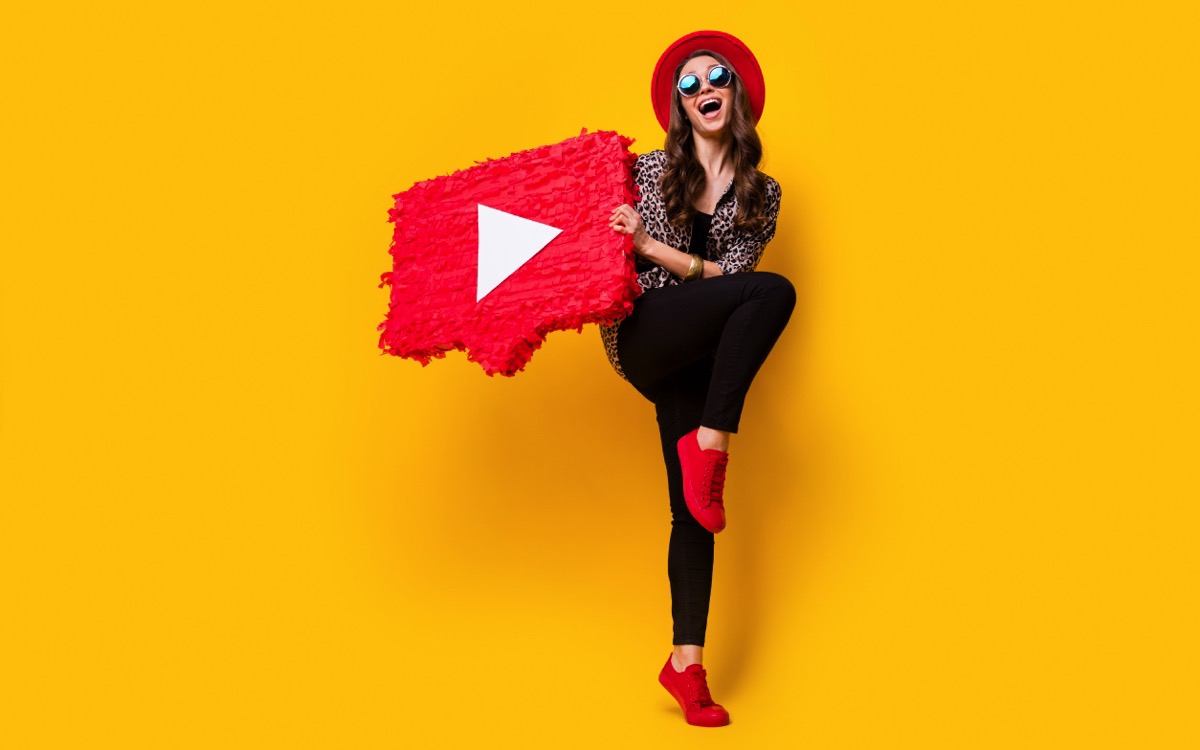Starting next year, YouTube will impose a certain number of rules on its platform to fight against fraudulent deepfakes.

It is an understatement to say that the major language models have made turmoil in all aspects of life current. Not content with threatening millions of jobs, AI is distorting our memories thanks to its ability to imitate the styles of the most accomplished artists, in all artistic fields, including musical creation.
To read – The creators of ChatGPT reveal the 34 jobs that will never be replaced by AI
For YouTube, deepfakes pose a thorny question. How prevent malicious internet users from copying other artists and benefit from their reputation thanks to AI without restricting innovation? The video sharing platform intends to settle the problem of deepfakes by establishing rules with variable geometry depending on whether the work imitates the song or singing style of an artist from a major record label or an independent. Let’s not forget that Google and Universal Music want to monetize songs generated by AI.
YouTube establishes rules against deepfakes which mainly protect record labels
Generally speaking, YouTube will require creators to alert viewers to AI-powered content by adding a “realistic AI” label, which will particularly help visitors sort out fact from fiction during elections or during conflicts. Failure to follow these instructions may result in delete video incriminated, even demonetization from the YouTube channel. Anyone who considers themselves the victim of a deepfake on YouTube can fill out a form to have the video in question removed.
On paper, the rules are therefore fixed. However, according to certain observers, “the platform invests in detection tools, but their effectiveness remains uncertain”, which raises “ concerns about consistent application and transparency of the new rules. Worse still, the company will assess the admissibility of a request by evaluating a set of factors: is the content parody? Is the victim known or not? So many questions suggest a real artistic vagueness around the application of the rules concerning deepfakes on YouTube.
